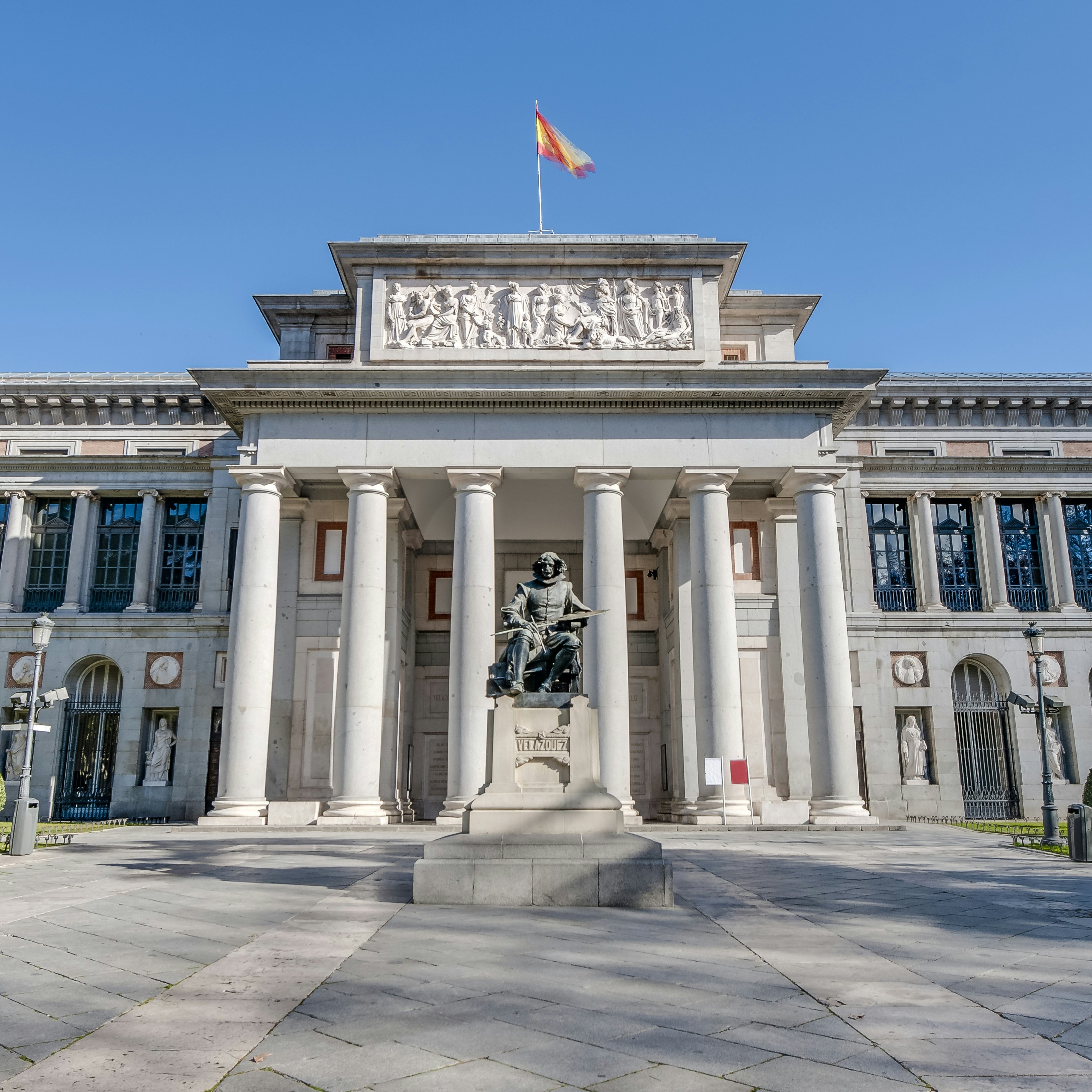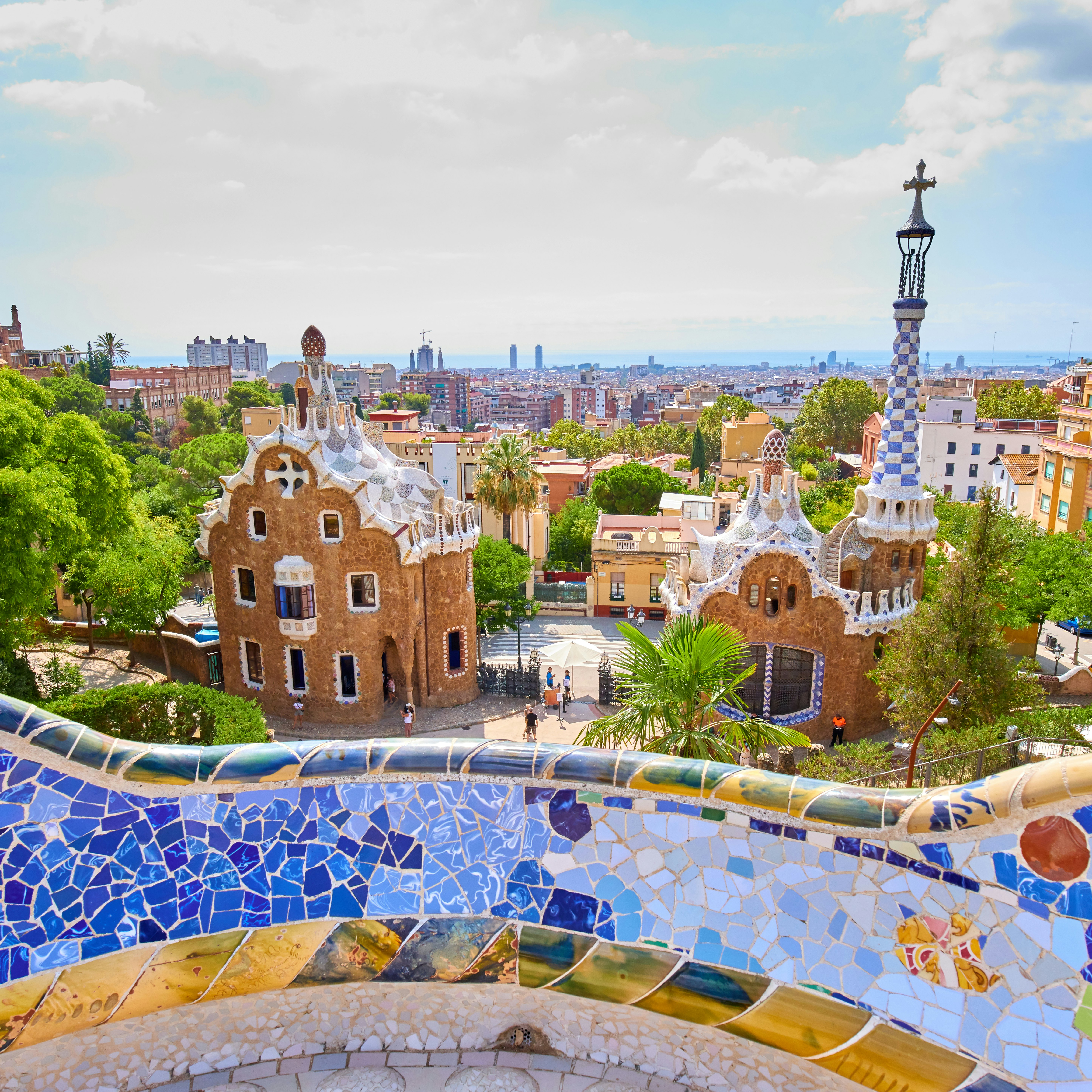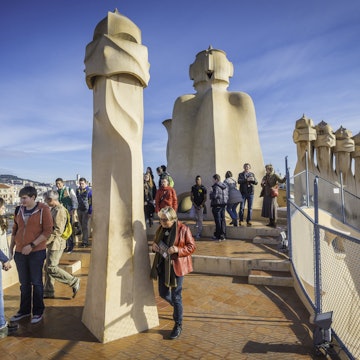

Getty Images
Overview
Passionate, sophisticated Spain is full of wild beauty, deep history and some of the best food you'll ever eat. Life is a fiesta, and everyone's invited.
Leave the planning to a local expert
Experience the real Spain. Let a local expert handle the planning for you.
Must-see attractions
Planning Tools
Expert guidance to help you plan your trip
Best Things to Do
There are so many incredible experiences awaiting you in Spain. Here are some of the very best.
Read full article
Best Places to Visit
With stunning beaches, top-notch art museums and unmatched cuisine, Spain regularly steals hearts. Add these top 14 places to your shortlist for 2025 travel.
Read full article
Best Time to Visit
From the liveliest events in a fun-filled calendar to the best times to come for beach weather, here's are the best times to visit Spain.
Read full article
Things to Know
From speaking Spanish to avoiding common tourist mistakes, this guide full of top tips can get you ready for a trip to Spain.
Read full article
Transportation
Traveling around Spain is convenient, efficient and manageable – thanks to its advanced and accessible public transport infrastructure.
Read full article
Money and Costs
Make the most of your time – and money – in Spain.
Read full article
Traveling with Kids
Of all the places to travel with children, Spain is up there with the top of them. Here are some of the best things to do with kids in this dynamic country.
Read full article
Best Road Trips
Set out for history, natural beauty and delicious flavors on these seven road-trip itineraries, which will show you the best of Spain.
Read full article
Get Connected
Stay connected when on vacation in Spain with this guide to cell service, roaming charges and data.
Read full article
Get a book. Get inspired. Get exploring.
in partnership with getyourguide
























